Apple's iPad upgrades march Lightning one step closer to death
After 11 years, 6 months, and 5 days of valiant charging and data service, the Lightning port is no longer on any iPad that Apple sells.
It's easy to be glad about the move to USB-C for Apple devices, because it's (usually) faster, and because now USB-C is in the iPhone, the iPad, and a MacBook Pro can be charged over USB-C. Even the Siri Remote for Apple TV 4K is now USB-C.
That has taken a long time — the iPad Pro moved from Lightning to USB-C in October 2018. It's possible that Apple would have kept the Lightning port for even longer, at least on the iPhone, if it were for the EU introducing laws mandating USB-C.
But step back to 2012 and the moment that tiny Lightning replaced the comparatively enormous 30-pin connector that had been in use since the original iPhone five years before. There was no question but that Lightning was a great improvement — but not everyone saw it the way Apple did.
"[The] new Lightning connector... is smaller, smarter and more durable than the previous connector," said Apple in its press release for the first device to get it, the iPhone 5. "The all-digital Lightning connector features an adaptive interface that uses only the signals that each accessory requires, and it's reversible so you can instantly connect to your accessories."
But it wasn't reversible in the sense that you could go back to your 30-pin connector accessories, at least not without Apple's handily sold-separately Lightning-to-30-pin Adapter.
Accessories were one of the reasons why Lightning was grumbled about at first. It's true that people needed to upgrade to newer accessories sooner than they wanted, and there was an argument that Apple should have adopted a standard, like micro USB.
But there was also the issue that there just weren't as many accessories around that supported Lightning. The New York Times said that was because Apple had used the move to Lightning to tighten its grip on the accessories market.
"The proprietary chip makes it more difficult for accessory makers to produce cheap knockoff products that are compatible with Lightning, which could potentially tarnish the iPhone brand," said the paper in 2013. "Also, it pushes accessory makers to pay Apple the licensing fees to be part of the MFi [Made for iPhone] program."
So Apple was protecting users from knockoffs, and also getting some cash for it. Nobody ever said Apple couldn't make money from doing the right thing.
Except even if you shrugged at Apple getting a cut from accessory makers, and even if you thought Lightning was clearly better than the 30-pin connector, you had reason to be unhappy. AppleInsider, for one, had very specific complaints about what it saw as a waste opportunity.
"A recent teardown of the latest iPad even found that the extra space offered by switching to the Lightning connector was simply left unfilled inside the device," said the review in 2012. "On the iPhone 5, iPod touch and iPod nano, the Lightning connector felt as though it helped Apple achieve new lighter and thinner designs that were not possible with the 30-pin connection slot."
"But the fourth-generation iPad has the same form factor and heft as its predecessor," it continued. "The addition of the Lightning connector didn't do anything to improve the design of the device, and its inclusion is actually a short-term hinderance given the lack of Lightning accessories currently available."
Then there was also that the Lightning connector generally ran at USB 2.0 speeds, matching that of the 30-pin connection it replaced.
There was no turning back, though, and today if you find a 30-pin dock accessory, it does seem impossibly large as well as ancient.
Soon we'll either have forgotten the Lightning cable, or at least have forgotten where we last left one when we need it to charge a family member's device.
If you still have a fondness for Lightning, though, Apple does give you a couple of last options. Starting with how the current Magic Keyboards for the Mac still use the old connector — as do the Magic Mouse, Magic Trackpad, and AirPods Max.
Plus of course there is the current iPhone SE, which is the last non-accessory Apple device to use Lightning. It's also the last Apple device to use the Home button, but that's a different lament for another day.
 William Gallagher
William Gallagher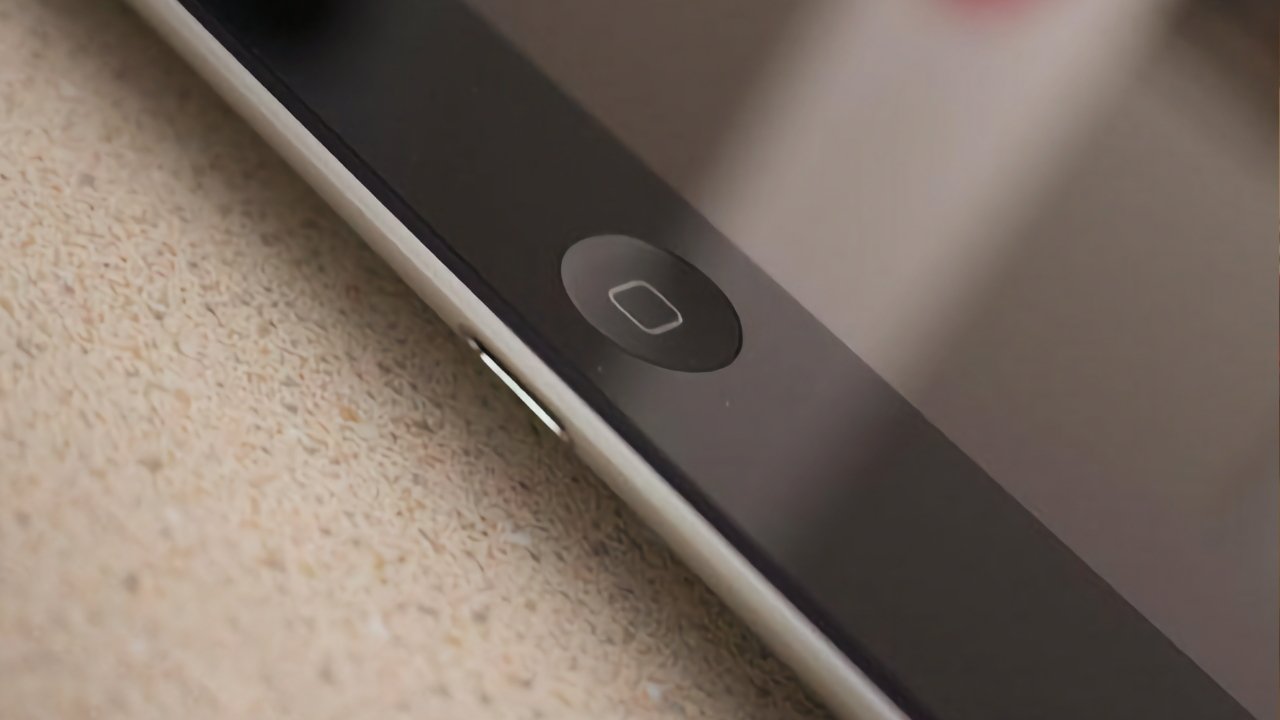
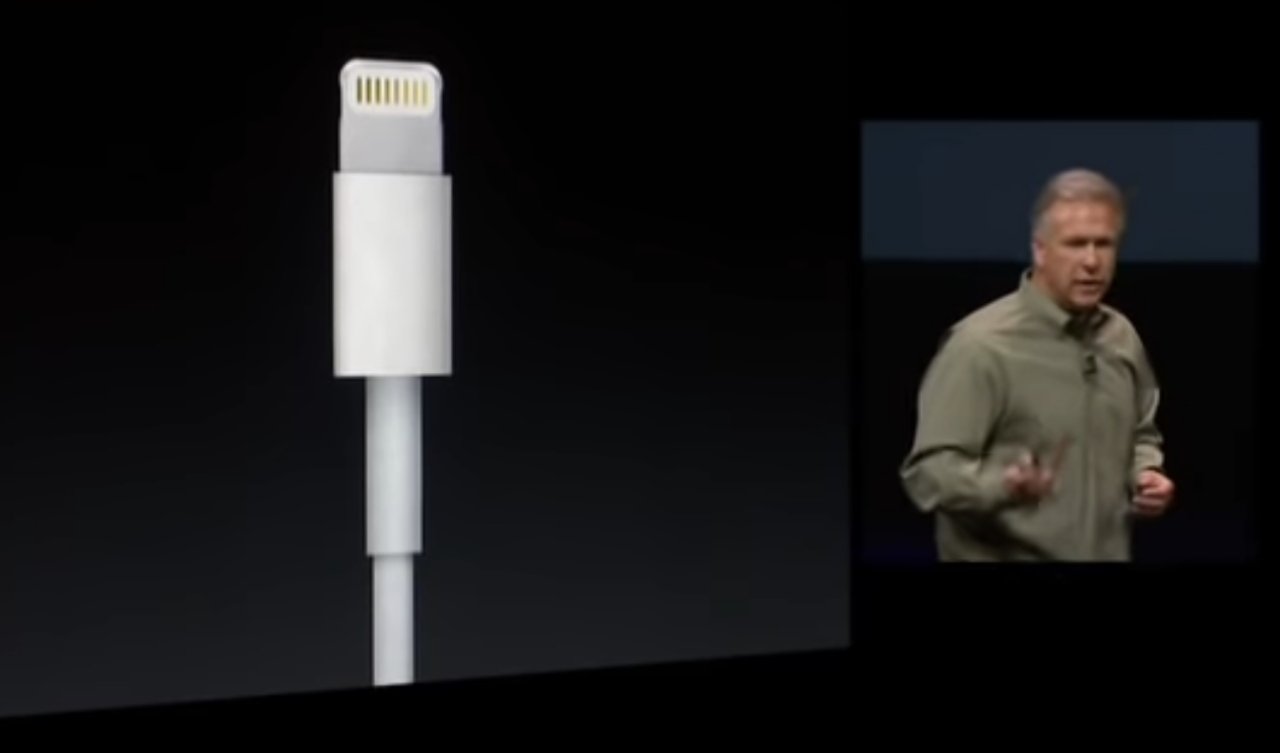
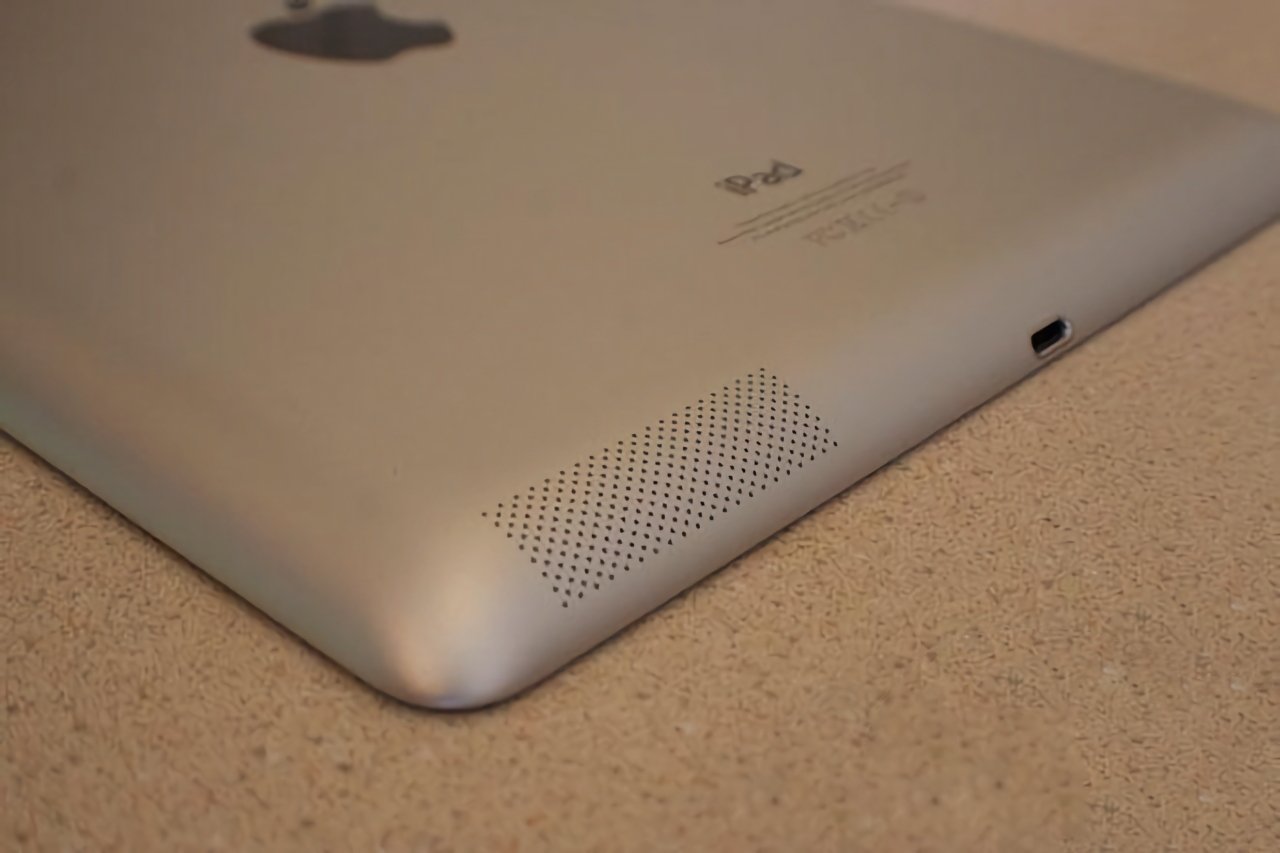
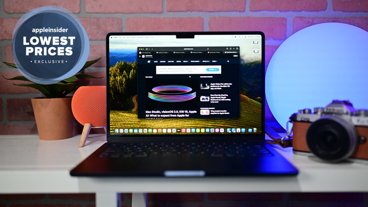
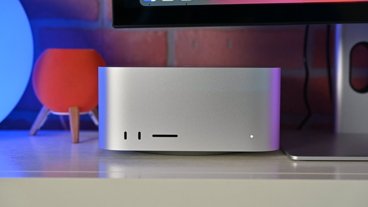
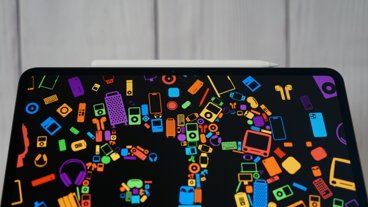
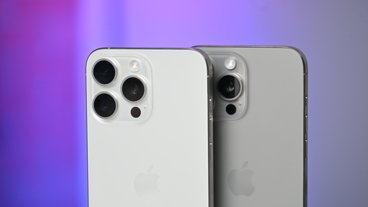

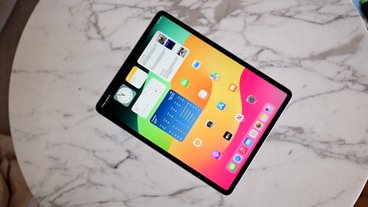
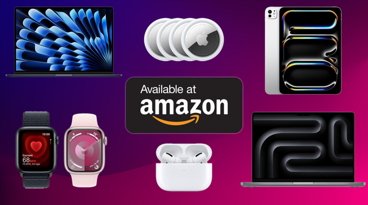






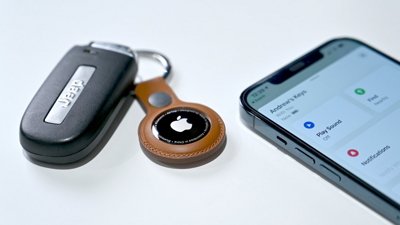
 Charles Martin
Charles Martin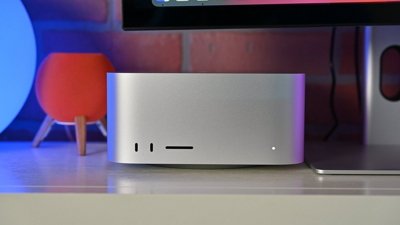
 Mike Wuerthele and Malcolm Owen
Mike Wuerthele and Malcolm Owen
 Chip Loder
Chip Loder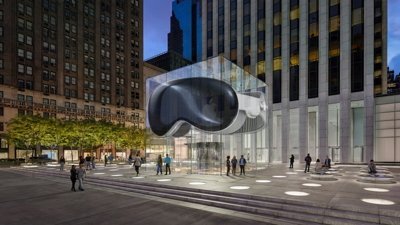


 Amber Neely
Amber Neely
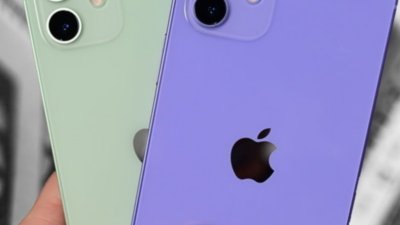


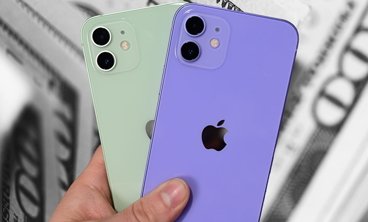


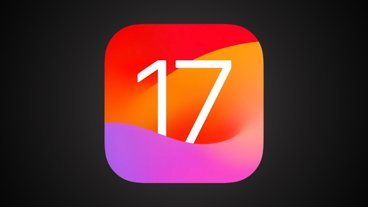




16 Comments
Lightning saved us from the scourge of micro USB long enough to move to a better option. If that’s all it ever gets credit for, that’s good enough for me.
I still find lightning superior as a connector, and the vast majority of devices that use it only use it for power so the data transfer speeds don't play a roll. Still, I'd far rather have consistency among the connectors so for that reason alone I look forward to having USB C on all my devices.
I find that Lightning is easier than USB-C to plug/unplug. I have to plug my USB-C non-Apple work laptop in once per day to a dock and find most of the time I can't do it blind -- where I can always plug in a Lightning connector without looking. I'll definitely miss it.